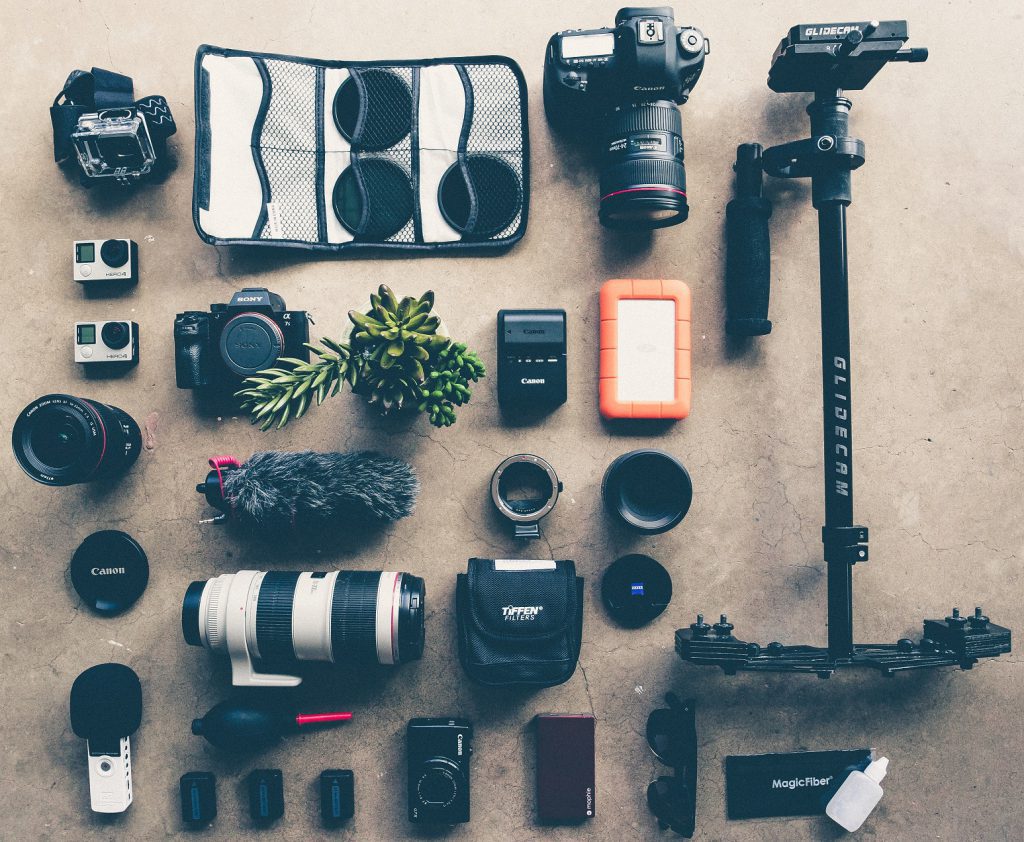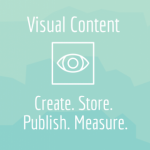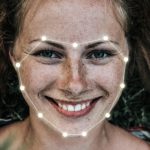Photography is more important today than at any other time in recent history. It’s used across every space where someone wants to sell you something: services, products, news, education — the list goes on. The demand for photography has led to a number of innovations in photo-management — both for the browser (front-end) and the editor (back-end). And this is where recent developments in artificial intelligence and image recognition technology are set to cause a near-revolution across the industry.
With artificial intelligence, we’ve have taught computers to identify content, style and context within photographs so that they can help automatically tag and organize our image libraries. Image recognition technology is changing the photography industry in ways we could once only imagine, and here we’ll explore how artificial intelligence can impact some of the major aspects of how we use and manage photos.
Behind the Scenes with Artificial Intelligence
Professional photographers take thousands of photos and spend countless hours manually organizing their visual content — processing, uploading and tagging. Photos taken at events (such as weddings or awards ceremonies) are so very similar, making the final selection time-consuming and expensive. Taking this into account, speed to market is a crucial factor in photography, as the faster the images are available following an event, the faster they will sell. Hello, artificial intelligence. Help make my workflow easier and faster.
#1: Visual Search Organizes & Cleans
Artificially intelligent image recognition technology can help photographers and editors in organizing and cleaning their image libraries by automating the process. When faced with a gallery or series of images, the editor balances complex sequencing decisions based on visual similarities or dissimilarities. Functions like Visual Search helps editors determine if certain images were uploaded before and are already online, thus avoiding duplicating content. It automatically groups similar photos based on visual similarities, and can find the exact match of the image you’re looking for.
#2: Suggested Auto-tagging Speeds Up Metadata Input
Another function that can help editors cut down time-consuming mechanical tasks is suggested auto-tagging. Suggested auto-tagging labels your images with appropriate keywords and are then part of your image metadata. At this stage, the technology isn’t going to replace actual photo editors, but will help speed up the process by labeling submissions and learning from the editor’s choices. Auto-tagging can also enable enable automatic recognition of certain landmarks that can only be sold as editorial licenses, for example.
#3: Facial Recognition Spots Famous Faces Fast
Face analysis technology automatically sorts and groups photos according facial landmarks the computer recognizes and stores within its memory. When editors upload images of high-value talent, facial recognition technology enhanced with artificial intelligence identifies the face automatically, eliminating the need to manually input the metadata. What’s more, when cleaning large image collections of duplicates or unwanted images, the facial recognition function quickly sorts through the files and recovers all images of a specific person.
Front of House with Artificial Intelligence
A key part of visual content marketing is stock photography. A key part of news consumption is photojournalism. A key part of getting any message across today is using visuals — more often than not, using stock photography. To keep up with the increasing demand for photography, many photo agencies and stock photography sites are keen to implement innovation that will help grow their customer base. Here we’ll explore some more ways artificial intelligence helps create a more fluid front-end for consumers.
#4: Visual Search Helps Consumers Find What They Can’t Describe
One of the biggest advantages of Visual Search is its independence from language. You can only tag so many keywords to make each photo discoverable — but Visual Search overcomes this challenge with suggestions or identical matches based on your visual preferences.
How it works: consumers can narrow down search results to the most visually relevant content by providing a reference image. You can filter further by combining Visual Search with the results of a keyword search, guaranteeing the most accurate search results contextually and stylistically.
5#: Finding Faces in a Crowd with Facial Recognition & People Analysis
Not only does people analysis technology detect faces within photos, but it also identifies the gender, age and ethnicity of those faces. This helps consumers narrow down their search results when looking for specific images, while also promoting diversity in image selection. If consumers have a reference image with which they’d like to find other similar images, People Analysis helps find visually similar images with similar faces.
The Future of Fotos: Artificial Intelligence Can Predict the Visual DNA
The advent of artificial intelligence can lead to computers effectively “learning” what types of images are popular, and which ones are less appealing, based on its content and style. Photography is subjective to taste, but in marrying art with science, image recognition technology can guage a photo’s likely value, potentially influencing the subject, style and content of the photos we take and consume.
Not every photography company wants to invest in building their own computer vision engineering team — and they shouldn’t have to. PicScout’s Visual API is crucial for both the back-end and front-end of photography sites. It puts these sites front and center of industry innovation, speeding up processes while helping photographers and consumers organize and find the images they’ve always wanted, but may not have had the words to describe.

 Cross platform IPC using Apache Thrift™
Cross platform IPC using Apache Thrift™ Good Job IDC student Hadas Segal! – facial recognition model
Good Job IDC student Hadas Segal! – facial recognition model March Madness in Film Marketing? Yep, it’s a Thing.
March Madness in Film Marketing? Yep, it’s a Thing. How to Insure Your Marketing Strategy from Day One
How to Insure Your Marketing Strategy from Day One What Does it Take to Run a Software Engineering Code Retreat Like a Pro
What Does it Take to Run a Software Engineering Code Retreat Like a Pro How Face Recognition Increases Customer Engagement & Satisfaction
How Face Recognition Increases Customer Engagement & Satisfaction